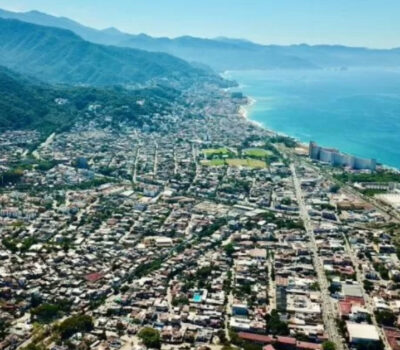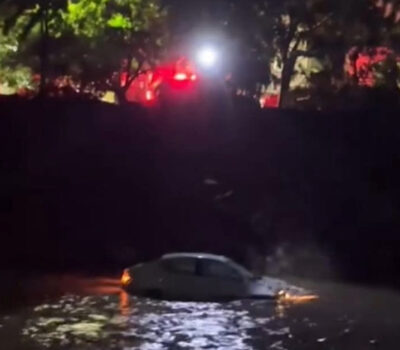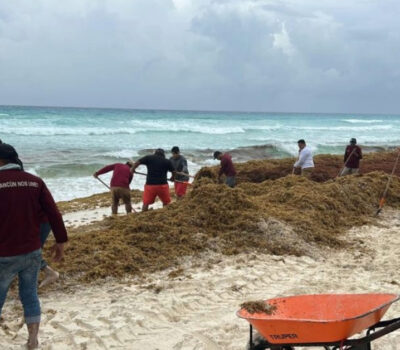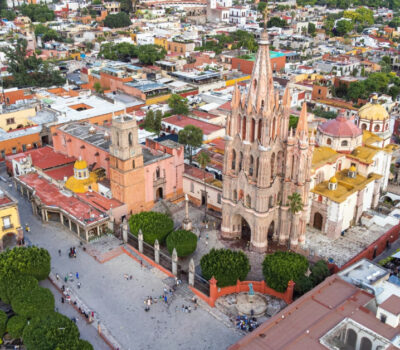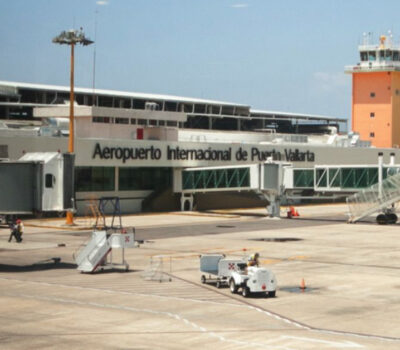The plague was spreading nearly 3,000 years before previously thought, scientists say after finding traces of the disease in the teeth of ancient people - a discovery that could provide clues to how dangerous diseases evolve.
To find evidence of the prehistoric infection, researchers drilled . . .


